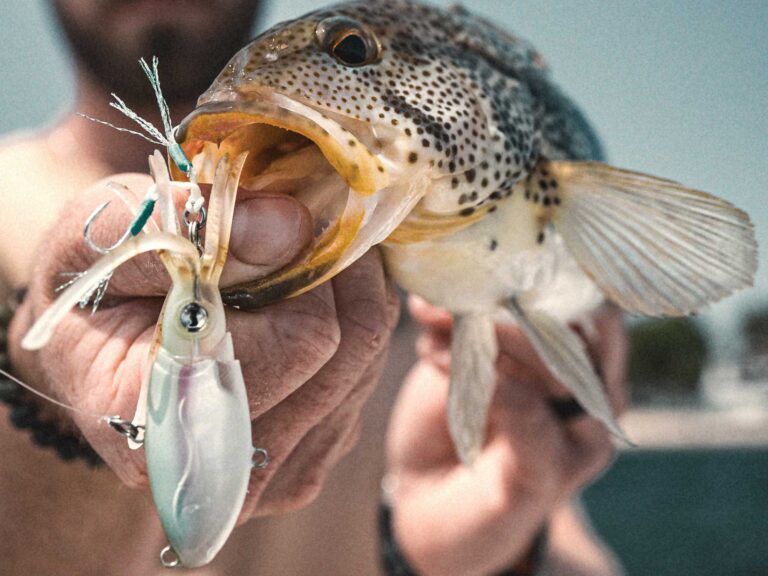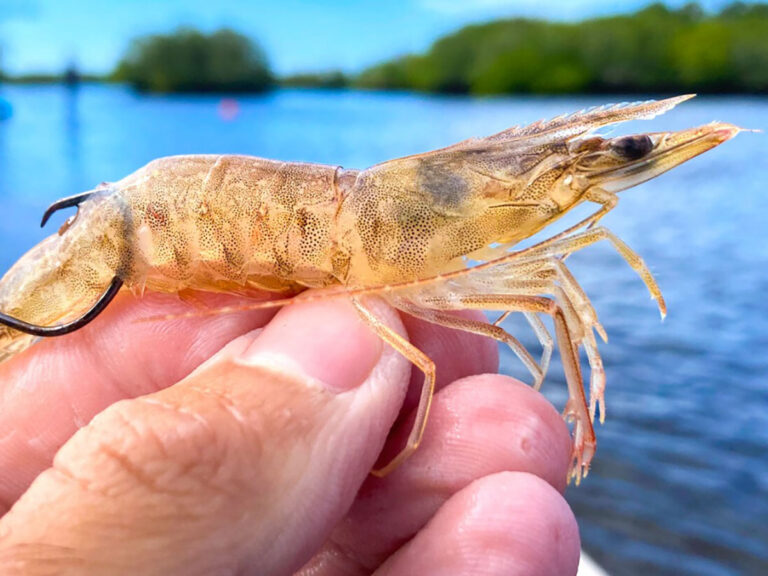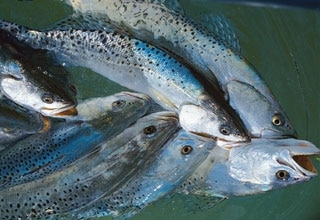
Last December, fishing guide Gary Dubriel relaxed on a bench overlooking western Pamlico Sound and reflected on all things spring. “It was another warm, sunny day of several,” he said of an April day of fishing. The memory was still vivid enough that he could describe how the light winds blew from the northeast. As he fished less than two miles from the Green Creek ramp with a trolling motor and light tackle, schools of speckled trout arrived and the action began.
“As the day warmed, the fishing could not have been more pleasant,” he said. “At some point in the day we switched to fly rods, and I think we finished with 25 to 30 fish weighing more than 21/2 pounds each and several others running to four, maybe five pounds.” Not a typical April day, but one that many Pamlico Sound anglers have come to hope for in the North Carolina spring.
Sound Specks
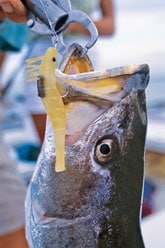
| |
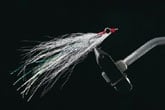
| |
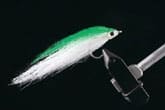
| |A Clouser minnow (middle) or Dubiel’s own creation the ‘Lil Hadden (bottom) are excellent speck fly patterns. Soft plastics (top) get the nod when fishing conventional tackle. | Pamlico Sound is the largest intrastate estuary in North America fed primarily from the north and south by the Tar-Pamlico River and the Neuse River respectively. In the right conditions this small-boat, light-tackle fishery for speckled trout comes to life before every other mid-Atlantic fishery gets up to speed. But as good as the action can be, success doesn’t come easy. “A hard west wind is the worst,” Dubriel says. “It blows the water out and reduces depth along the shorelines in the shallow creeks where we want to fish. You have to back out into deeper water, which exposes you to the wind.”
Moon tides matter little on the western Pamlico as north and east winds keep the water in the creeks and afford fishermen the chance to fish tight to the bank in two- to four-foot depths. When the fish are migrating back from the ocean or moving up from spring-fed, deep-water sanctuaries, bait fish, such as menhaden and croakers, do the same, making irregular shorelines prime hot spots for 11/2- to three-pound specks.
To cover these areas as stealthily as possible, Dubiels suggests either a trolling motor or push pole.
“Approach the point from downwind,” he says. “Fan-cast from the bow and cover as much water as possible. If you hook up, don’t be in a hurry to move on. Specks will often mill around in the area and may come to within casting range repeatedly.”
Keep in mind that not all days will turn out as ideal as Dubiel’s April daydream. Small-boat anglers are forewarned to monitor the forecasts before heading out. “Be careful not to get caught on the wrong side of the river if a wind gets up,” Dubiel said.
Lightweight Title
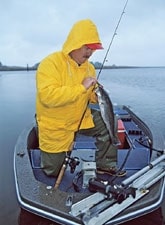
| |The spring speck action comes alive before other mid-Atlantic fisheries. The bite starts in April. | With these specks, Dubiel says to fish as light as possible. A light-action, graphite spinning rod rigged with six- to eight-pound test line is all you’ll need. When the water temperature is in the low 50s, Dubiel prefers 1/4-ounce leadheads and soft-plastic tails because the fish tend to hold onto them better. “No matter how aggressive you find the trout, you can catch them on that.”
Diving minnows three- to four-inches long work well, but in the early spring, when menhaden and small spots are abundant, often 21/2- to three-inch lures produce the best results.
When fly fishing, Dubiel recommends at least a six-weight rod but said that an eight-weight will help you out in windy conditions. An intermediate fly line with a one- to two-inch-per-second sink rate with a ten- to 12-pound untapered leader is the perfect match.
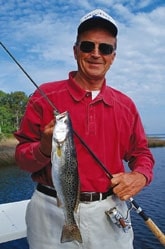
| |
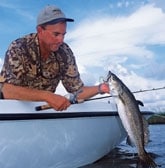
| |
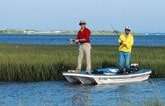
| |Pamlico is a small-boat fishery. If weather blows you off the open water, head to the more protected tributaries for the chance to catch specks that can weigh up to six pounds.| Small minnow imitations featuring lead eyes – Clousers or the guide’s own creation, ‘Lil Hadden work well. In some situations, he wraps the shaft with lead wire to ensure that the lure stays at least six inches from the bottom. “That extra weight can be vital on cool spring days when the fishes’ strike zone is reduced,” he says. “If a fish is not aggressive, it won’t come up. When you strip a weighted fly, it rises and falls with a jigging motion, which seems to trigger strikes best.” With your fly selection, avoid chartreuse patterns for more natural-looking flies with just a bit of added flash.
A fast retrieve can work against you, Dubiel says, because you want your lure to bounce along the bottom deep and slow. You can try increasing your retrieval speed as you get more bites or as the water warms.
In most cases, 16- to 19-foot boats work fine but returning to your launch point can get sloppy in areas where river mouths run as much as five miles across. Most creeks in the Sound have boat ramps – either public or private – that give small-boat anglers access to several protected tributaries. So if one isn’t producing, just trailer to another.
The Sound will give you plenty of chances for speckled trout in the five- to six-pound range, which is definitely enough for a good fight when you’re using light tackle. As the shallows warm in the early spring, you’ll find fish on the western, fresh-water side of the Sound where the fishing is more consistent than it is on the eastern side. If the weather is poor – 20-knot winds are not uncommon – you can compensate by fishing the tree-lined creeks.
|| |—| |IF YOU GO For more information on Pamlico Sound or to book a charter, contact: Capt. Gary Dubiel P.O. Box 1029 Oriental, NC 28571 (252)-249-1520 captgary@specfever.com| For the eager angler locked in those winter daydreams about spring fishing, Dubiel has a simple strategy. When the water temperature breaks into the low 50s, specks will be on the move, and another Pamlico Sound fishing year is off and running.






